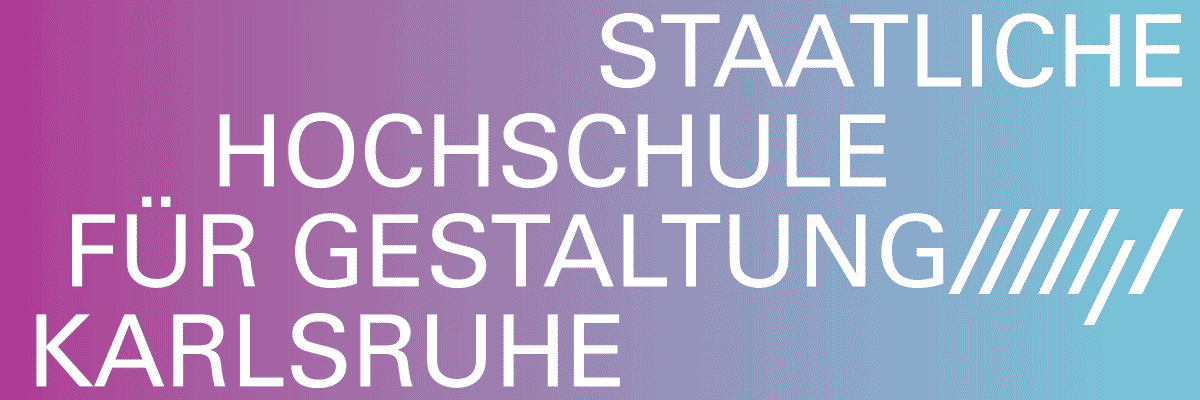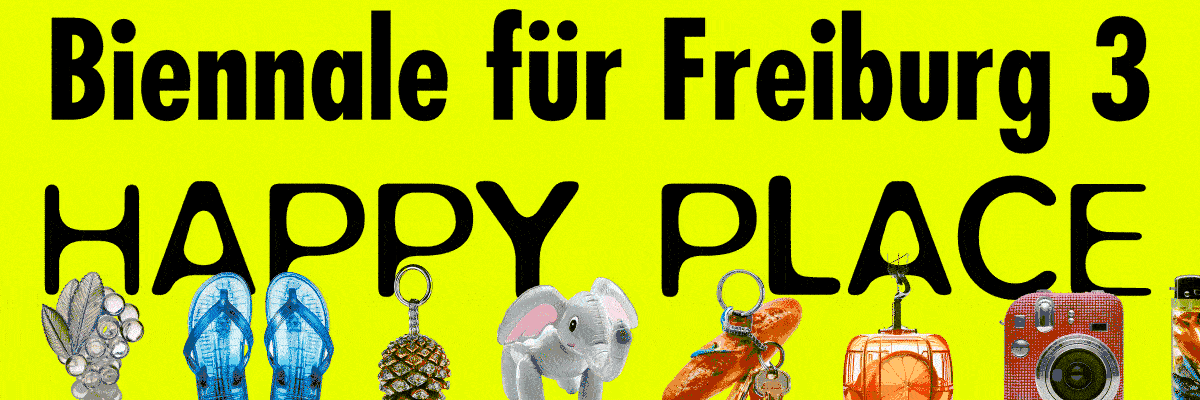
Johannes Tassilo Walter and Tom Richardson
One cell apart from electricity
Project Info
- 💙 Nir Altman, Munich
- 🖤 Johannes Tassilo Walter and Tom Richardson
- 💜 Edie Monetti
- 💛 Dirk Tacke
Share on

Johannes Tassilo Walter X Tom Richardson - one cell apart from electricity - Exhibition view #1
Advertisement

Tom Richardson - Untitled, 2024, Dye sublimation printing on polyester, 310x875 cm

Johannes Tassilo Walter X Tom Richardson - one cell apart from electricity - Exhibition view #2

Johannes Tassilo Walter - Untitled (Amoeba 08), 2024, Paper, oil paint, ink, plaster and screen print on multiplex panel, 85 x 60 cm

Johannes Tassilo Walter X Tom Richardson - one cell apart from electricity - Exhibition view #3

Johannes Tassilo Walter - Untitled (Amoeba 01), 2024, Paper, ink, UV varnish, lavender, frottage and screen print on multiplex panel, 85 x 60 cm

Johannes Tassilo Walter - Untitled (Amoeba 10), 2024, Paper, oil paint, ink, plaster and screen print on multiplex panel, 85 x 60 cm

Johannes Tassilo Walter X Tom Richardson - one cell apart from electricity - Exhibition view #4

Johannes Tassilo Walter X Tom Richardson - one cell apart from electricity - Exhibition view #5

Johannes Tassilo Walter - Untitled (Amoeba 07), 2024, Paper, oil paint, ink, plaster and screen print on multiplex panel, 85 x 60 cm

Johannes Tassilo Walter X Tom Richardson - one cell apart from electricity - Exhibition view #6

Johannes Tassilo Walter - Untitled (Amoeba 02), 2024, Paper, oil paint, ink and screen print on multiplex panel, 85 x 60 cm

Johannes Tassilo Walter - Untitled (Amoeba 09), 2024, Paper, oil paint, ink and screen print on multiplex panel, 85 x 60 cm

Johannes Tassilo Walter X Tom Richardson - one cell apart from electricity - Exhibition view #7

Johannes Tassilo Walter - Untitled (Amoeba 06), 2024, Paper, oil paint, ink, plaster and screen print on multiplex panel, 85 x 60 cm
„Was dann nachher so schön fliegt, wie lange ist darauf herumgebrütet worden?“
“What flies so beautifully afterwards, how long has it been brooded over?”
– Peter Rühmkorf, Phönix Voran, 1974
The eternal compulsion to get things done hovers menacingly over us. The only way out is leisure. Having leisure is different from looking at the world anesthetized. If we had to find another word for it, it would be attention or care. Caring takes energy and time. Here time is not Chronos, it is Kairos. Chronos describes the structure of time as we experience it in everyday life. Kairos, on the other hand, the personification of the favorable moment in Greek mythology, represents the moment when everything falls into place. Kairos was depicted as a youthful god with wings on his shoulders and heels.
In 1861, a fossil of an Archaeopteryx was found in the Franconian Jura. From then on, it was regarded as an icon of evolutionary research, a "missing link" that confirmed Darwin's theories. The raven-sized reptile had a vertebral tail as well as feathers and wings with grasping arms. It could fly - or rather, flutter. Experts say that its flying skills were comparable to those of a chicken. This fluttering animal thus closed the gap between reptiles and birds. Isn't every creative person waiting for the moment when everything falls into place? For Kairos and Archaeopteryx to align?
Johannes Tassilo Walter's painterly strategy is characterized by long phases of reflection and preparation. It takes time for his pieces to solidify. The artist goes round and round until he is ready to work on the paper mounted on a wooden frame. He encounters the initial emptiness at eye level, fills or maltreats it, conceals and blurs it. In contrast to the typical hierarchy of painting, which often places the gesture at the top, Walter uses it as one further building block in his fragmentary pictorial order. An amoeba-shaped brush drawing is at the center of the series shown. It interweaves with photographs from the artist's studio or illustrations of old masterpieces. Walter uses screen printing to transfer these images to the painting, repeatedly layering them, distorting them. Walter cuts into the body of the painting itself, then applies plaster, and where the trace of the brush could be seen in the first picture, here it is a channel that undermines the painterly gesture. Plaster, paint, print, image, ductus - everything takes on a very physical quality. Painting becomes a trace of these tectonic processes.
In the immediate vicinity, Tom Richardson questions the classification systems of painting with an installation made of printed fabric. Thick lines break through the gallery's white cube and interact with Walter's works. From a distance, the lines look like simple painterly gestures that float through the space, exploring and breaking it. They seem to be in motion and actively interact with Walter's works. From another perspective, the lines appear to adhere directly to Walter's paintings, overwriting and underlining them at the same time, only to flutter away in the next moment. Seen from close, Richardson works intensively with processes of abstraction and figuration. The boundaries blur between opacity and translucency, gestural strokes merge into elaborately modeled 3D cables and point to the blurring of perception.
In their second collaboration, Walter and Richardson intuitively find a common moment. Walter's precise, fragmentary pictorial order is complemented by Richardson's fleeting lines floating through the space, blurring the boundaries of painting. At the same time, Walter's material interventions lend Richardson's gestures a tangible presence. They become the "missing link" of the other position. This is what Kairos looks like. A fluttering creature with wings on its feet.
- Edie Monetti
Edie Monetti




